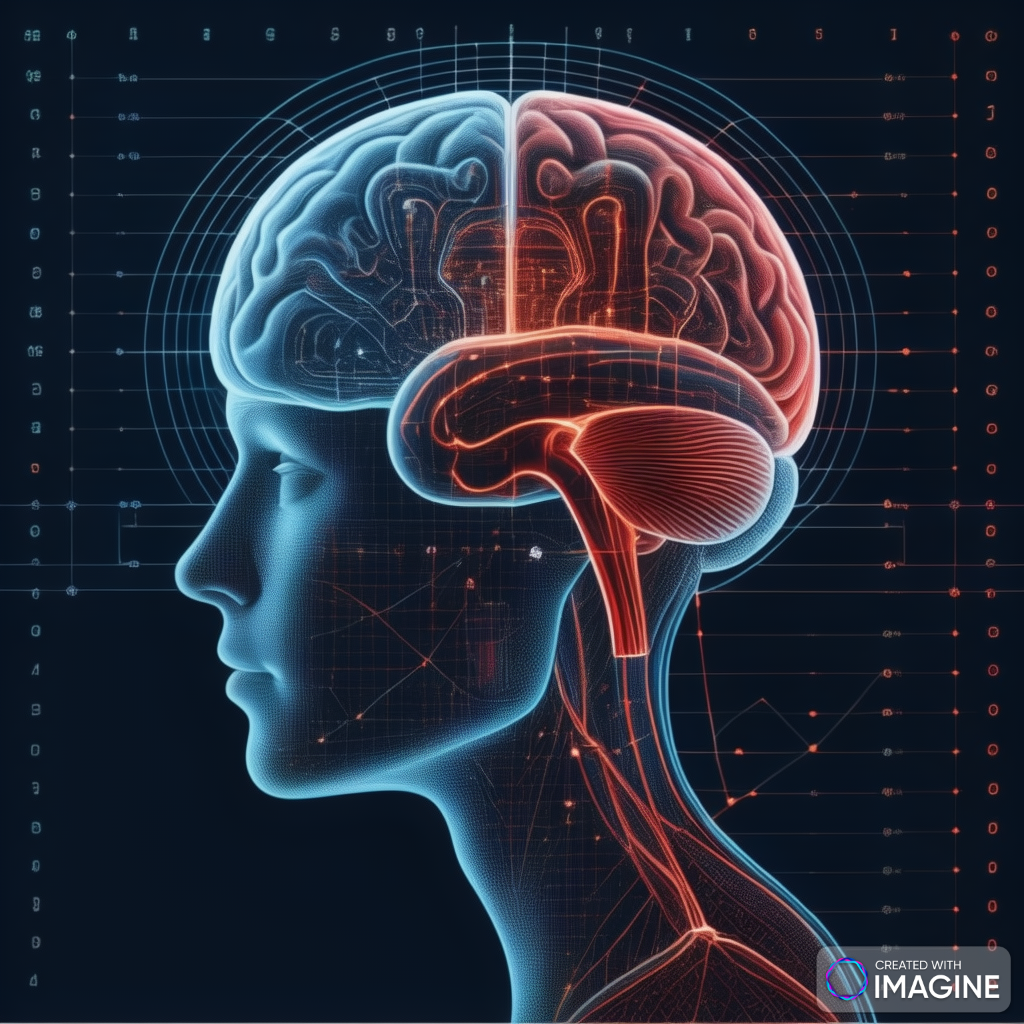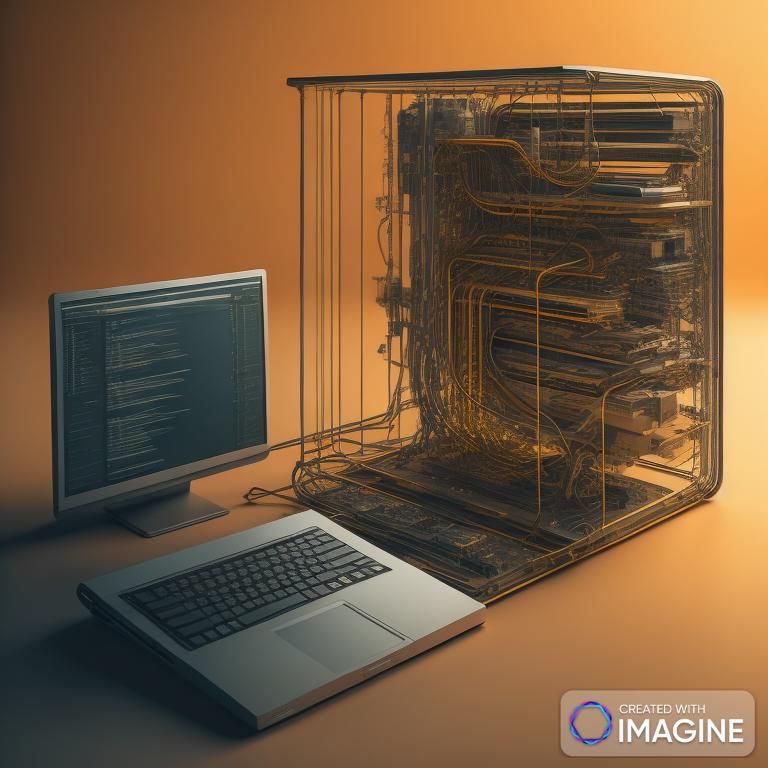The Rise of Probabilistic Reasoning in Intelligent Systems: A New Era in AI
The field of artificial intelligence (AI) has undergone numerous transformations since its inception, but few have been as influential and far-reaching as the integration of probabilistic reasoning and decision theory. This paradigm shift, marked by a resurgence of interest and significant advancements, was epitomized by Peter Cheeseman’s seminal article, “In Defense of Probability.” Let’s delve into how probabilistic reasoning gained acceptance in AI, the invention of Bayesian networks, and their impact on representing and reasoning with uncertain knowledge.
The Historical Context
Early Skepticism and Deterministic Approaches
In the early years of AI, the predominant focus was on deterministic approaches. Systems were designed to follow strict logical rules, aiming for precise and definitive answers. While effective in controlled environments, these systems struggled with real-world uncertainties. The inability to handle ambiguous, incomplete, or noisy data was a significant limitation.
The Shift Toward Probabilistic Reasoning
As AI researchers recognized the limitations of deterministic systems, there was a growing interest in probabilistic reasoning. This approach allows for the representation and management of uncertainty by incorporating probabilities. Probabilistic reasoning considers the likelihood of various outcomes, providing a more nuanced and flexible framework for decision-making.
Peter Cheeseman’s “In Defense of Probability”
A pivotal moment in the acceptance of probabilistic reasoning in AI was Peter Cheeseman’s influential article, “In Defense of Probability.” Published in the late 1980s, Cheeseman’s work argued convincingly for the adoption of probability theory as a fundamental tool for AI.
Key Arguments
- Handling Uncertainty: Cheeseman emphasized that uncertainty is an inherent aspect of real-world situations. Probability theory offers a robust mathematical framework for quantifying and reasoning about uncertainty.
- Flexibility and Scalability: Probabilistic models can be applied to a wide range of problems, from simple diagnostic tasks to complex decision-making processes.
- Empirical Success: Cheeseman highlighted the empirical success of probabilistic methods in various applications, demonstrating their practical utility and effectiveness.
The Advent of Bayesian Networks
What Are Bayesian Networks?
Bayesian networks, also known as belief networks or Bayes nets, are a type of probabilistic graphical model that represents a set of variables and their conditional dependencies via a directed acyclic graph (DAG). They were invented to provide an efficient and rigorous method for reasoning with uncertain knowledge.
Key Components
- Nodes: Each node represents a random variable, which can take on different values.
- Edges: Directed edges between nodes represent conditional dependencies. An edge from node A to node B indicates that B is conditionally dependent on A.
- Conditional Probability Tables (CPTs): Each node has an associated CPT that quantifies the effects of its parent nodes on the variable.
Advantages of Bayesian Networks
- Efficient Representation: Bayesian networks provide a compact representation of joint probability distributions. They exploit the conditional independencies between variables to reduce the complexity of the model.
- Modularity and Scalability: The modular structure of Bayesian networks allows for scalable and flexible modeling. New variables and dependencies can be easily added without redesigning the entire system.
- Inference and Learning: Bayesian networks support efficient algorithms for inference (computing the probabilities of certain outcomes given evidence) and learning (updating the network based on new data).
Applications and Impact
Real-World Applications
Bayesian networks have found applications in various domains, including:
- Medical Diagnosis: They are used to model the relationships between diseases and symptoms, aiding in accurate diagnosis and treatment planning.
- Natural Language Processing: Bayesian networks help in understanding and generating human language by modeling the probabilistic relationships between words and phrases.
- Robotics: They assist robots in making decisions under uncertainty, improving their ability to navigate and interact with dynamic environments.
- Finance: Bayesian networks are used for risk assessment, fraud detection, and investment decision-making.
Broader Impact on AI
The acceptance of probabilistic reasoning and the development of Bayesian networks have had a profound impact on AI:
- Enhanced Robustness: AI systems have become more robust and reliable in dealing with real-world uncertainties.
- Improved Decision-Making: Probabilistic models provide a principled way to make decisions under uncertainty, leading to more informed and rational outcomes.
- Interdisciplinary Collaboration: The integration of probability and decision theory has fostered collaboration between AI and other fields, such as statistics, cognitive science, and operations research.
The Historical Context
Transition from Rule-Based Systems to Probabilistic Models
In the mid-20th century, AI development was heavily influenced by rule-based systems, which relied on predefined rules and logical statements to derive conclusions. These systems were adept at handling structured problems but faltered when faced with the unpredictability of real-world scenarios. The rigidity of rule-based systems became a significant obstacle as AI researchers sought to develop more versatile and adaptable solutions.
The Role of Early Pioneers
Pioneers like Judea Pearl played a crucial role in the shift toward probabilistic models. Pearl’s work on causality and probabilistic reasoning laid the groundwork for a new era in AI. His contributions emphasized the importance of understanding the causal relationships between variables, rather than merely observing correlations. This perspective was instrumental in shaping the development of Bayesian networks.
Peter Cheeseman’s “In Defense of Probability”
Philosophical Underpinnings
Cheeseman’s article also delved into the philosophical foundations of probability theory. He argued that probability is not just a mathematical tool but a fundamental aspect of rational decision-making. By treating probabilities as degrees of belief, AI systems can make informed decisions even when complete information is unavailable. This philosophical shift was critical in changing the perception of probabilistic methods within the AI community.
Critique of Deterministic Approaches
Cheeseman provided a rigorous critique of deterministic approaches, highlighting their inherent limitations. He pointed out that deterministic systems often failed to account for the inherent variability and randomness present in real-world environments. By contrast, probabilistic methods offered a more realistic representation of uncertainty, making them better suited for complex, dynamic problems.
The Advent of Bayesian Networks
Algorithmic Foundations
The development of Bayesian networks was underpinned by significant advancements in algorithmic techniques. Researchers devised efficient algorithms for exact and approximate inference, enabling the practical application of Bayesian networks to large-scale problems. Techniques such as belief propagation, variational inference, and Markov Chain Monte Carlo (MCMC) methods were crucial in making Bayesian networks computationally feasible.
Integration with Other AI Paradigms
Bayesian networks did not exist in isolation; they were integrated with other AI paradigms to create more powerful hybrid systems. For example, combining Bayesian networks with machine learning algorithms allowed for the automatic learning of network structures from data. This integration facilitated the development of adaptive systems that could refine their probabilistic models based on new information.
Applications and Impact
Advances in Personalized Medicine
One of the most transformative applications of Bayesian networks has been in personalized medicine. By modeling the complex relationships between genetic factors, environmental influences, and clinical outcomes, Bayesian networks have enabled the development of personalized treatment plans. These models can predict individual patient responses to treatments, improving the effectiveness and reducing the risks associated with medical interventions.
Enhanced Predictive Analytics
In the realm of predictive analytics, Bayesian networks have significantly enhanced the ability to forecast future events. In fields like climate science, economics, and epidemiology, Bayesian models have provided valuable insights by integrating diverse data sources and quantifying the uncertainties associated with predictions. This has led to more accurate and reliable forecasts, informing policy decisions and strategic planning.
Autonomous Systems and AI Safety
Bayesian networks have also played a pivotal role in the development of autonomous systems, such as self-driving cars and drones. By incorporating probabilistic reasoning, these systems can better navigate uncertain environments and make safe, reliable decisions in real time. Moreover, Bayesian networks contribute to AI safety by providing a transparent framework for understanding and managing the risks associated with autonomous decision-making.
The Future of Probabilistic Reasoning in AI
Ongoing Research and Innovations
The field of probabilistic reasoning continues to evolve, with ongoing research pushing the boundaries of what is possible. Innovations in areas such as deep probabilistic models, probabilistic programming languages, and quantum probability are opening new frontiers for AI. These advancements promise to further enhance the capabilities of AI systems, enabling them to tackle even more complex and uncertain problems.
Ethical and Societal Implications
As probabilistic reasoning becomes more integral to AI, it is essential to consider its ethical and societal implications. Issues such as bias in probabilistic models, the transparency of decision-making processes, and the responsible use of AI in sensitive applications must be addressed. By fostering an interdisciplinary dialogue that includes ethicists, policymakers, and AI researchers, we can ensure that the benefits of probabilistic reasoning are realized in a way that aligns with societal values.
Educational Initiatives
To sustain the momentum of probabilistic reasoning in AI, educational initiatives are crucial. Integrating probability theory and Bayesian methods into AI curricula will equip the next generation of researchers and practitioners with the skills needed to advance the field. By fostering a deep understanding of probabilistic reasoning, we can cultivate a workforce capable of developing innovative solutions to the world’s most pressing challenges.
Conclusion
The acceptance and integration of probabilistic reasoning in AI have marked a transformative period in the field’s history. From the early days of rule-based systems to the sophisticated Bayesian networks of today, this evolution has enabled AI to better handle uncertainty, make more informed decisions, and expand its applications across diverse domains. As we look to the future, the continued advancement of probabilistic methods promises to drive further innovation and ensure that AI remains a powerful tool for solving complex, real-world problems.
The rise of probabilistic reasoning in intelligent systems marks a significant milestone in the evolution of AI. Pioneered by influential works like Peter Cheeseman’s “In Defense of Probability” and the invention of Bayesian networks, this paradigm shift has enabled AI to better handle uncertainty, improve decision-making, and expand its applications. As AI continues to evolve, probabilistic reasoning will undoubtedly remain a cornerstone, driving innovation and enhancing the capabilities of intelligent systems in an increasingly complex world.







